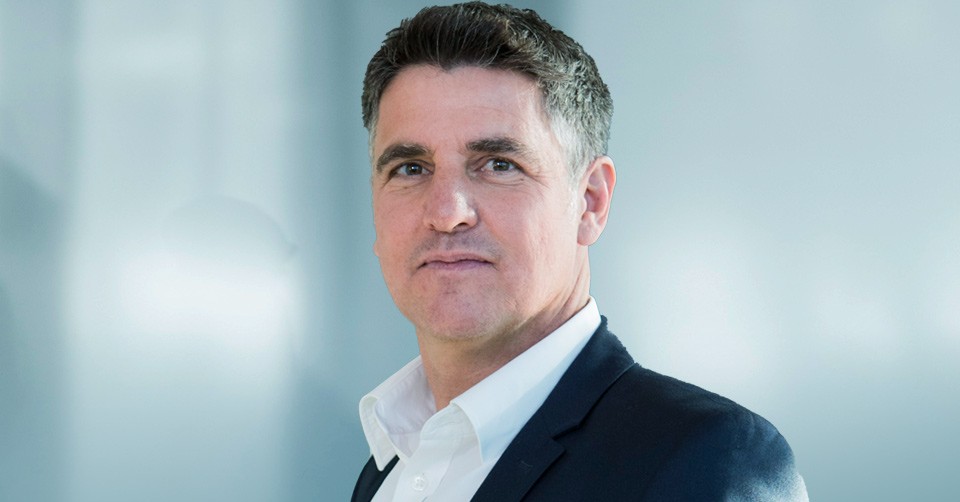WORKFORCE MANAGEMENT - THE TRENDS OF THE COMING YEARS
Which trends will determine the market for workforce management in the coming years? We discussed this with our Executive Director Product Management, Markus Wieser.
Markus, what are we currently working on in product development?
The past determines the future – at least to some extent. This is particularly true in a software industry that’s being shaped by new developments around collective agreements and legal requirements, such as the ECJ’s ruling on recording working time, and the almost revolutionary transformation of the working world. In this new decade we’ll basically be moving forward with what we powerfully and successfully began in the 2010s: consistently investing in technology, steadily expanding the functionality of our solutions to increase the business benefits and continuously enhancing user experience. Key aspects include tablet-optimized and even more role-specific user interfaces and use cases, plus even greater smartness – in areas like interaction.
Let’s zoom in on technology. What exactly are you focusing on?
To start with, I have a pretty striking figure to cite: In the past ten years we’ve invested 169,235 developer hours just in our flagship product ATOSS Staff Efficiency Suite. The impressive result of that is 30 releases and 5,580 new features that we’ve developed in close collaboration with our 8,000 customers and with our ear to the market. Our approach is to ensure that our upgrades offer the greatest utility for both the users and the company they work for. Having successfully rolled out our web client in 2015, for the coming decade we’ve set our sights on bringing in the next generation of our product.
No doubt that has something to do with the much-hyped cloud technology ...
Correct. With all the ongoing cloud discussions, there’s one thing that often slips off the radar screen: For a highly developed and complex software like ours, operating in the cloud is synonymous with constant reorganization. We want our customers to be able to draw maximum benefit from the new possibilities – with minimum effort. That’s why we are weighing every single step very precisely. In line with the principle of maintaining what we’ve achieved so far while developing new things, we are combining more than 30 years of project experience with the technology of the future. Our ultimate goal is to create a high-end solution that adds measurable value in the era of digitization.
We consider it a pleasure and an inspiration to experiment with new technologies.
You mentioned the ECJ’s ruling and New Work?
Yes, those are two of the topics that shaped the working world in 2019, so they had a significant impact on our Workforce Management solutions too. Both on the functionality side and in terms of user experience. Our intuitive Staff Center is a genuine milestone on the road towards New Work. Customers across all industry sectors are already making intensive use of it to integrate their staff. Self service functions like the shift exchange platform and the ability to enter preferred working times, record availability or make paperless holiday requests, alongside ECJ-compliant time recording via smartphone are generating success on all levels. This is mainly down to the fact that we’ve implicitly tailored the Staff Center to the individual use cases and the separate roles of HR, employee or supervisor.
And what does the future hold in store?
Well, one thing I can single out is the natural language user interfaces that people can use to request holiday easily. These reduce the Staff Center’s already low learning barrier down to practically nothing. Staff simply speak to the system like they would to their supervisor. Another thing is self-learning systems. They open up brand new possibilities, especially when it comes to compiling automatic duty plans. With the help of AI, the software detects manual corrections that have been made to a plan. It learns from that, optimizes itself, so to speak, and produces an even better duty plan next time. And in workforce forecasting, AI can detect anomalies in the data. It can also make an extremely precise personnel requirement prognosis on the basis of historic footfall or revenues in a retail setting. That's all still up in the air. But just the idea of being able to create almost magical workforce management is what drives us forward as we enter the “Roaring Twenties”.


